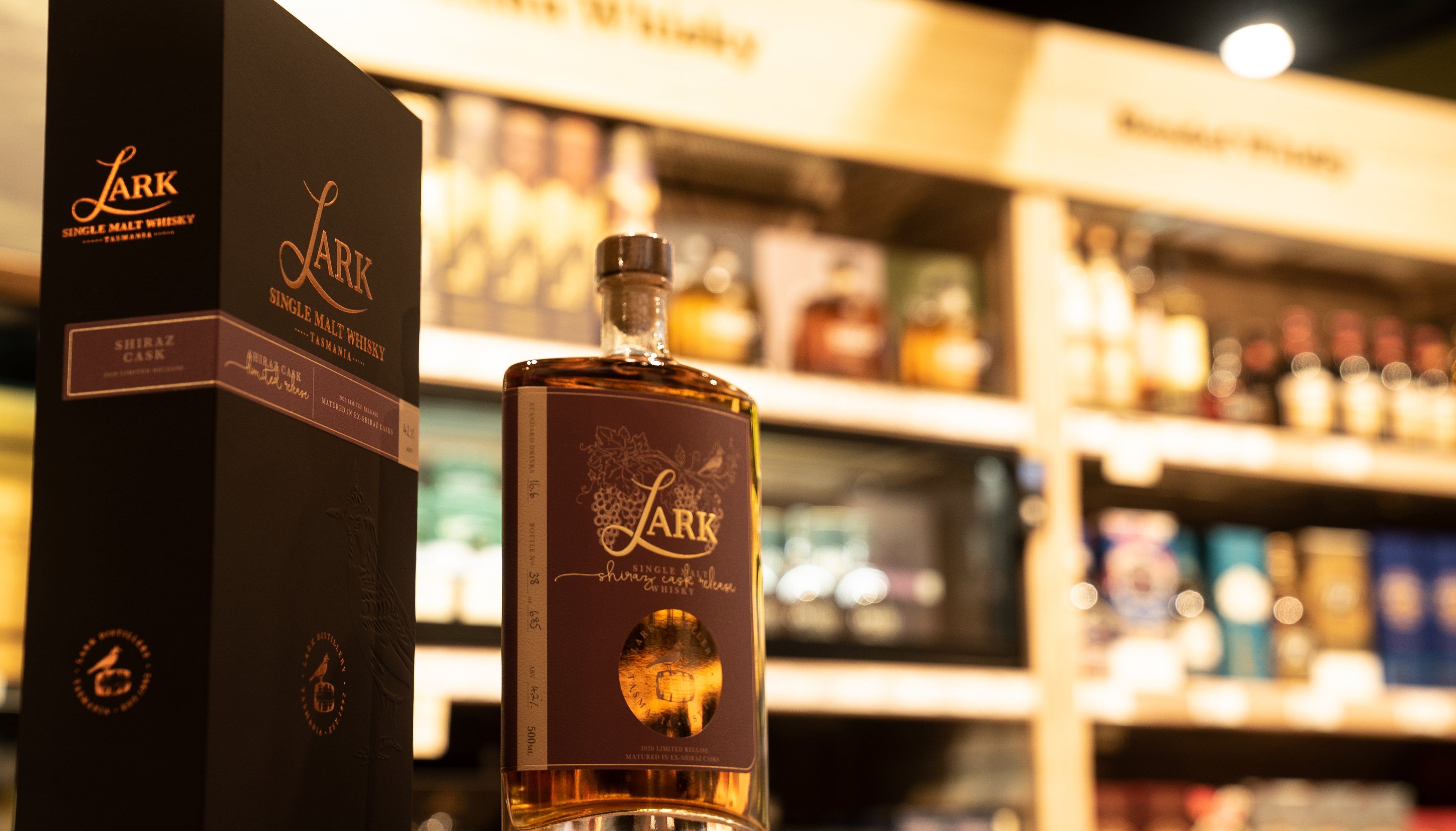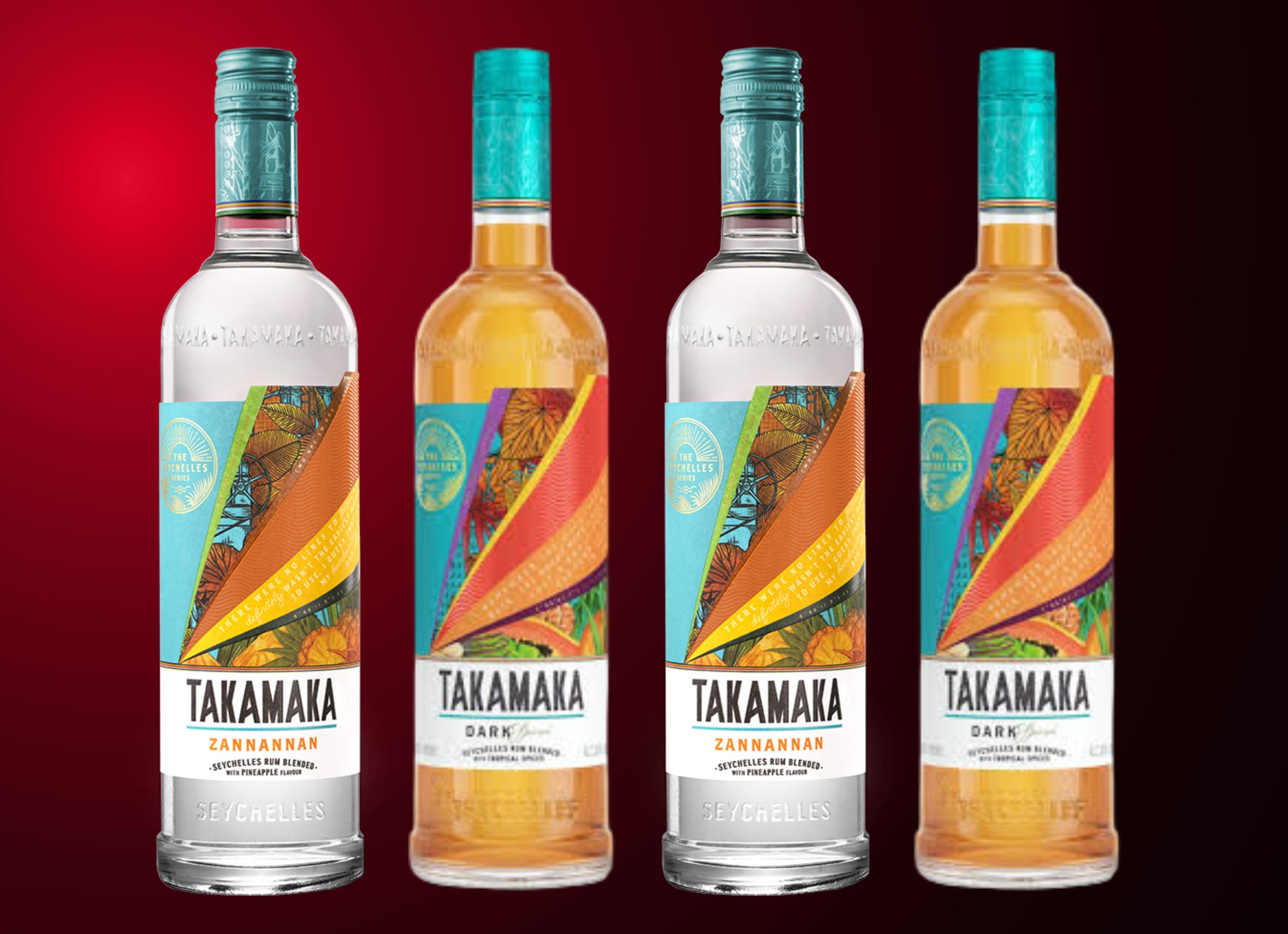Over the course of 2023, the global gin category grew by 4%, signifying a slight decline on the sector's 8% growth the year before. IWSR Drinks Market analysis recognises that this continued success has largely been occurring in non-core markets such as US, France, Japan, and India, with the most established gin consuming sectors of UK and Spain showing notable decline.
According to IWSR’s analysis, much of this growth can be attributed to the use of local botanicals and flavours that directly speak of, and appeal to, local cultures.
Ivy Woo, Founder of the Spirits of Craft Awards (SOCraft), the first Asia-based awards dedicated to artisanal spirits production, reaffirms IWSR’s stance.
“I think Australasia creates some of the most unique and diverse range of gins in the world right now,” she told Drinks Trade.
“Distillers are especially savvy in making gins that reflect its locality: the rich cultural diversity, as well as the abundance of native ingredients across Australia, New Zealand and Asia.”
The use of local or foraged botanicals both serves to tailor flavours to a local audience and serves to impart a distinct sense of place in every beverage served.
Ivy Woo said, “take for example SOCraft Awards' 2-Star winner, Bass & Flinders Monsoon Gin from Australia. This gin brings together flavours of Southeast Asia, with ingredients such as lemongrass, ginger and ginseng. Another 2-Star winner is Roots Gin, a ‘London Dry’ style gin made from seasonally sourced botanicals, including an aromatic kawakawa, which is native to New Zealand.”
Another example is the now-distinctly Australian category of red-wine-flavoured gins, a style that was established on the back of the success of Four Pillars’ Bloody Shiraz Gin, which has just entered its night vintage. This trend also firmly ties into local wine culture, especially given Four Pillars’ home in the Yarra Valley wine region.
While Four Pillars is not the only producer pushing the boundaries of this space, it continues to be the subcategory leader, with Four Pillars Barrel Aged Bloody Underhill Shiraz Gin recently being named the best gin in the world at the International Wine & Spirits Competition 2024.
The use of Shiraz grapes also ties into the IWSR’s gin innovation cue by using byproducts from other spirits or alcohol productions to craft a gin. Four Pillars has also demonstrated this through its use of Tasmanian whisky barrels.
“The focus will always be Rare Dry and Bloody Shiraz, but we have some wonderful small batch projects that will keep things interesting,” said Four Pillars’ Co-Founder and Head Distiller Cameron Mackenzie in a recent interview with Drinks Trade.
“The most recent release was a barrel aged gin that was finished in Lark barrels. That’s the first in a series of whisky barrel finished gin.”
IWSR's analysis concludes that current global gin innovations are reflective of an evolving category. The unique flavour cues help to drive a sense of excitement and sophistication within the category, permitting a diversification beyond simpler fruit flavours.
Share the content










